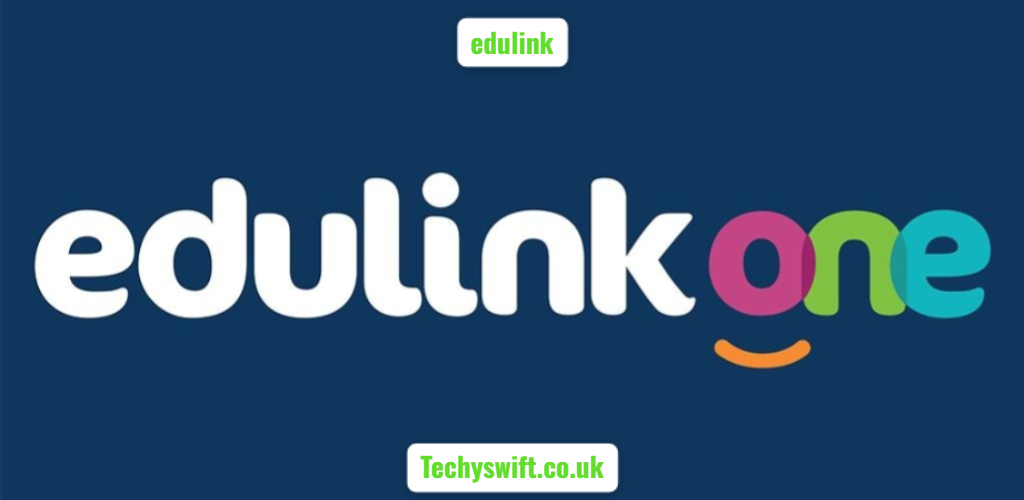
What is Edulink and Why Does It Matter?
In the dynamic world of digital education, edulink has rapidly emerged as a cornerstone in transforming how institutions and learners interact. From facilitating administrative tasks to providing students with real-time academic updates, Edunk serves as a centralized communication and information hub. It’s more than just a portal—Edulk is a comprehensive platform that bridges the gap between schools, students, and parents by streamlining operations and improving the quality of communication. As global education systems continue adapting to the demands of modern learning environments, Edulink’s role has become increasingly critical. Its growing adoption reflects a broader trend of digitizing traditional education systems, and its benefits go well beyond the classroom.
What is Edulink Used For?
Edulink is used for a variety of academic and administrative functions. It is particularly valuable in secondary and higher education environments where coordination and access to information are essential. For students, Edulk delivers instant access to homework, grades, attendance records, and timetable changes. For teachers and staff, it offers tools for scheduling, student tracking, reporting, and parent engagement. Parents benefit by receiving real-time alerts on their children’s academic progress and school announcements. This multidimensional use makes Edulk not just a support tool but an integral part of the modern educational ecosystem.
Schools using Edulk report significant improvements in student engagement, administrative efficiency, and parental involvement. With a simple login, all stakeholders have access to vital educational information, creating a transparent and collaborative learning environment.
The Evolution of Educational Platforms
The concept of online education has evolved drastically over the past two decades. Initially, schools relied on isolated tools for different functions—one app for attendance, another for gradebooks, and a different system for parent communications. This siloed approach often led to data inconsistency, miscommunication, and poor user experience. Edulk emerged as a solution to unify these functionalities under one intuitive platform.
By addressing the inefficiencies of fragmented systems, edulink has pushed the envelope in digital transformation. Today, it’s not uncommon to find schools that have completely integrated Edink into their daily operations, resulting in streamlined communication, reduced paperwork, and improved academic outcomes. This transition speaks volumes about the shifting priorities in education—efficiency, accessibility, and accountability.
Features That Make Edulink Stand Out
Edulink’s success is largely due to its wide array of features that cater to diverse educational needs. It’s more than a scheduling tool or a communication app. Here’s what makes it truly powerful:
- Centralized Communication between teachers, parents, and students.
- Automated Attendance Tracking integrated with live updates.
- Access to Academic Records including grades, homework, and feedback.
- Secure Messaging System replacing traditional email chains.
- Real-Time Notifications for school closures, assignments, and alerts.
This robust suite of tools makes it easier for schools to operate efficiently while enhancing the educational experience for students and parents alike.
How Schools Implement Edulink: A Realistic Look
Implementing Edulink in a school requires more than just installing software. It involves a comprehensive shift in how information is managed and shared. The onboarding process typically includes staff training, data migration, and user education. Most schools start with pilot programs to ease into full-scale integration.
Once implemented, Edulink reduces the administrative burden on staff. Timetable updates that used to take hours can now be done in minutes. Homework assignments are uploaded by teachers and immediately visible to students and parents. Feedback and grades are accessible without printing a single sheet of paper. This digital efficiency not only saves time but ensures consistency and clarity across all channels of communication.
Solving Key Problems in Education Communication
One of the most common complaints in education today is the lack of consistent communication. Parents often feel left out of their children’s academic lives, and students may forget to relay important information. edulink resolves this by creating a direct, transparent communication channel between schools and families.
Let’s consider a scenario: A student misses a day due to illness. Instead of the parent calling the school or waiting for a teacher’s email, they can log into Edulink and see the absence marked, the class materials covered that day, and any homework assigned—all within minutes. This level of access fosters accountability and involvement, two vital components in student success.
Edulink vs Traditional School Communication
| Feature | Traditional Methods | Edulink Platform |
| Homework Distribution | Paper handouts | Digital uploads |
| Attendance Notifications | Phone calls/emails | Instant app notifications |
| Grade Updates | Report cards (quarterly) | Real-time access |
| Parent-Teacher Communication | Scheduled meetings | Direct in-app messaging |
| Timetable Adjustments | Printed notices | Real-time updates |
This comparison clearly illustrates how Edulink brings a comprehensive advantage over outdated systems.
Real Stories: What People Say About Edulink
Feedback from both educators and parents is overwhelmingly positive. Teachers appreciate the reduced workload and the ability to provide detailed feedback efficiently. Parents say they feel more informed and engaged in their children’s education than ever before.
One school administrator shared, “Since we adopted Edulink, we’ve noticed a sharp decline in communication issues with parents. Everyone is on the same page now—literally and figuratively.” Another parent commented, “I no longer have to rely on my teenager to tell me what’s going on in school. It’s all right there in Edulink.”
Edulink Security and Data Privacy Practices
With so much sensitive student data being managed, Edulink has implemented top-tier security protocols. All information is encrypted, access is role-based, and the system complies with GDPR and other data protection regulations. Schools can customize permission levels to ensure that only authorized users can access specific types of data.
Additionally, Edulink conducts regular audits and updates to patch vulnerabilities, keeping both student and institutional information safe from cyber threats. Security is not an afterthought—it’s a foundational element of the platform.
The Psychology Behind Edulink’s Interface Design
Good design is not just about aesthetics—it’s about usability and engagement. edulink employs a user-centered design philosophy, which means its interface is crafted with the needs of real users in mind. Whether you’re a teacher entering marks or a parent checking attendance, the platform feels intuitive.
Colors, fonts, and layout are optimized for clarity and focus, reducing the cognitive load on users. This psychological attention to design leads to higher engagement and better user satisfaction, which ultimately supports better educational outcomes.
Edulink and Remote Learning: A Natural Partnership
The COVID-19 pandemic accelerated the adoption of remote learning technologies, and edulink played a pivotal role in keeping education on track. Schools that had already adopted Edulink faced fewer disruptions, as the platform provided continuity during lockdowns. Lesson plans, assignments, and grades continued flowing seamlessly between students, teachers, and parents.
Even post-pandemic, the remote features of Edulink—like online attendance, document sharing, and digital homework submission—remain vital. Hybrid learning models benefit immensely from Edulink’s flexibility and scalability.
Edulink’s Impact by the Numbers
Let’s take a look at some statistics gathered from schools using Edulink:
| Metric | Before Edulink | After Edulink |
| Parent Engagement Rate | 42% | 87% |
| Homework Submission Compliance | 65% | 91% |
| Timetable Update Accuracy | 73% | 98% |
| Average Response Time (Messages) | 2 days | 4 hours |
These improvements aren’t just numerical—they represent enhanced educational experiences.
Integration with Other Education Tools
Edulink doesn’t exist in a vacuum. It integrates seamlessly with existing platforms like Google Classroom, Microsoft Teams, and school MIS systems such as SIMS. This interoperability means schools don’t have to overhaul their entire tech infrastructure. Instead, they can enhance it with Edulink as a core connective hub.
Whether syncing class schedules or importing student data, Edulink’s compatibility ensures smoother transitions and fewer errors across platforms.
Why Every School Should Consider Edulink
If your school hasn’t adopted a comprehensive educational communication platform, you’re likely missing out on improved efficiency and satisfaction. Edulink is more than just a tool—it’s a transformation catalyst. By simplifying communication and enhancing transparency, it builds stronger relationships among schools, families, and students.
When academic stakeholders are informed and connected, student performance rises. The future of education isn’t just about digital classrooms—it’s about smart, connected platforms like Edulink that power those classrooms.
Conclusion: Edulink is the Future of Smart Schooling
Edulink is not merely a digital communication tool—it is a paradigm shift in how education is managed, delivered, and experienced. As schools face increasing pressure to operate more efficiently and transparently, platforms like edulink provide a much-needed solution. With its powerful features, secure framework, and user-friendly interface, Edulink sets the standard for educational technology today.
Its ability to integrate with other systems, adapt to remote learning environments, and enhance communication channels makes it indispensable for the modern academic ecosystem. Schools that adopt Edulink are not just keeping up with digital trends—they’re setting the pace for a smarter, more connected future in education.
Frequently Asked Questions
1. Is Edulink free for students and parents?
Yes, Edulink access is typically free for students and parents. Licensing fees are handled by the school or educational institution.
2. Can Edulink be accessed from mobile devices?
Absolutely. Edulink has mobile apps for both iOS and Android, ensuring accessibility from smartphones and tablets.
3. Is it safe to store student data on Edulink?
Yes, Edulink complies with strict data protection regulations like GDPR and implements robust security protocols, including encryption and role-based access controls.



